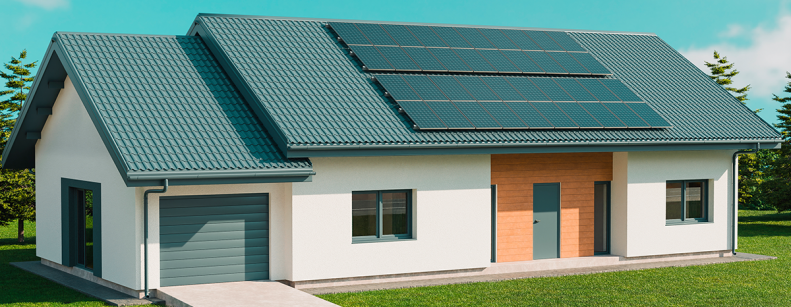
Green hydrogen is the energy resource of the moment. Although there are still many barriers to overcome in terms of cost and supply of materials to make its mass production a reality, hydrogen produced from renewable energies is the great bet of the energy world to decarbonize the economy in the next decade, hydrogen produced from renewable energies is the great bet of the energy world to decarbonize the economy in the next decade (and it is also one of the great bets of Chile to take advantage of its wealth in solar and wind energy).
But not all projects are large-scale. Solhyda project of the Belgian university KU Leuvenis starting pilot production of solar cells for house roofs, which can produce hydrogen from moisture in the air. How does it work? In simple terms, the top of the solar panel produces electricity while hydrogen is produced in tubes placed under the panel from water molecules extracted directly from the air by means of a membrane.
"Solhyd hydrogen panels are compatible with most modern commercial PV modules, which connect directly to our system. In this way, we can benefit from ongoing developments and cost reductions in the photovoltaic industry,"he said. Jan Rongé, researcher at KU Leuven, told pv magazine.to pv magazine. "To further enhance this synergy, the Solhyd hydrogen panels are compatible with common photovoltaic mounting structures."
The hydrogen panels themselves do not store hydrogen and operate at very low pressure. "The hydrogen is collected centrally from the hydrogen panel plant and then compressed, if necessary," said Rongé to pv magazine. "Hydrogen can be stored indefinitely in compressed form. Of course, certain applications do not require compression or will use other storage media."
The hydrogen produced by the Solhyd panels can be used in a wide range of applications, including mobility. In the short term, the venture is focusing mainly on medium-sized applications, such as backup power, logistics or heavy transport, although in the long term it could be applied to other uses, such as large-scale ammonia production.
Commercial production of these panels is expected to start in 2026. Solhyd is in the process of transforming into an independent company.
Details HERE